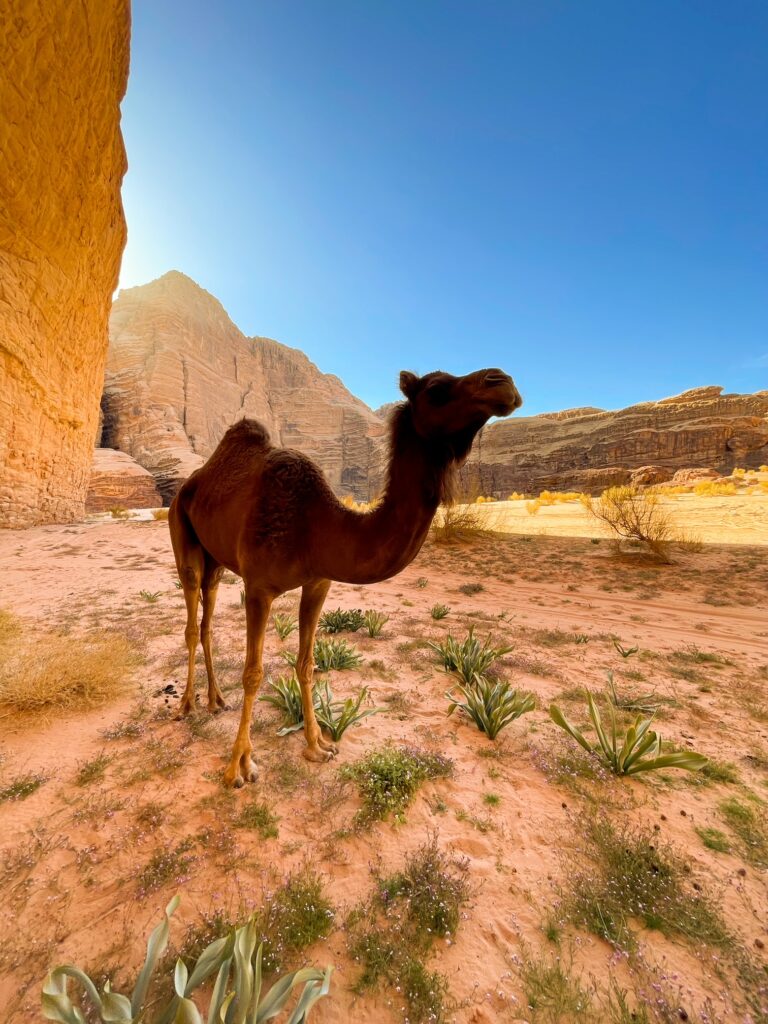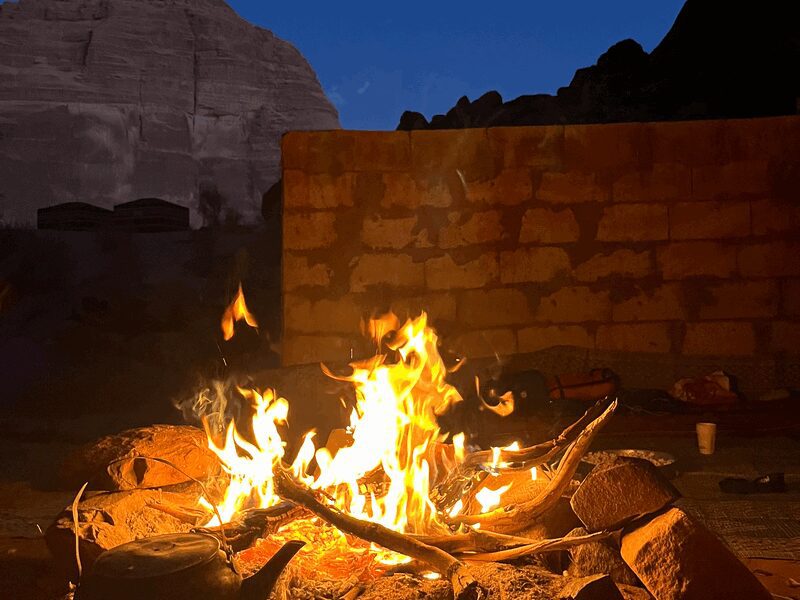About Jordan

- Capital city: Amman
- Population: 12 million
- Language: Arabic
- Currency: JOD (Jordanian Dinar)
- Time zone: (GMT+02:00) Amman
- Electricity: 220 V
- Dialing code: +962
Best time to visit Jordan

The weather in Jordan, like in many places, has changed compared to the past. However, the best time to visit Jordan is usually in spring, during March, April, and May. It’s not recommended to visit in the summer months (June to August) due to the high temperatures.
We advise checking the weather forecast instead of relying only on general information from websites. For example, December used to be very cold, but now it can be a beautiful time for trips.
Nowadays, all months in Jordan are suitable for visits if you monitor the weather conditions. Just be cautious during the summer months (July to September) because of the extreme heat.
Jordan Culture and customs

Jordan is a Muslim country and has some conservative traditions, but it is not as strict as other countries. Many Palestinians, Iraqis, and Syrians live in Jordan, bringing different cultures. You will see women wearing hijabs and hear the call to prayer (adhan) five times a day in all cities.
During Ramadan, Muslims fast from dawn (Fajr prayer) to sunset (Maghrib prayer). Most shops and restaurants are closed, and eating in public is not allowed. In tourist areas like Petra and Wadi Rum, some places stay open. Visitors should respect the fasting and avoid eating or drinking in public.
Jordanian culture respects women’s privacy. Men do not shake hands with women unless the woman offers her hand. Taking photos of women without asking is not allowed. If you take photos of public areas or homes, make sure no women are in the picture without permission.
Many Jordanians come from Bedouin families, especially in the south. Bedouins live in tents in the desert and care for animals like sheep and camels.
Jordanians are very hospitable. They love to welcome guests with food or even a place to sleep. Jordan is a modern country with educated people who are proud of their culture and traditions.
Eating and drinking

People often say that to truly experience a country, you must try its food. Jordan is known for its delicious Middle Eastern dishes, a mix of local Jordanian cuisine and flavors from neighboring countries like Palestine, Iraq, Syria, Lebanon, and the Gulf. In Jordan, you can enjoy a variety of dishes all on one table.
Here are some important dishes for Jordanians:
- Mansaf
- Maqluba
- Hummus
- Falafel
- Foul (Fava Beans)
- Arabic Salads
Food in Jordan reflects its culture of hospitality. Sharing a meal is a big part of Jordanian life, and every dish tells a story of the country rich history and traditions.
Geography and environment

Jordan is a country with a variety of natural landscapes, from mountains and deserts to green hills and valleys, and even the lowest point on Earth.
- Northern Jordan: The north is full of green mountains and farmland, especially olive trees. The olive tree is important to Muslims and is mentioned in the Quran.
- Southern Jordan: As you travel south, you’ll see rocky mountains, including the famous Petra. If you go further south, you’ll reach Wadi Rum, with its mix of desert and rocky mountains. At the very end of the south, you’ll find Aqaba on the Red Sea. From Aqaba, you can see Eilat in Palestine, as well as Egypt and Saudi Arabia.
- The Dead Sea: Located near the west of Jordan, it is the lowest point on Earth and a unique natural wonder.
Jordan is in the heart of the Middle East, surrounded by different countries, and its geography reflects this central location with its diverse landscapes and rich beauty.








